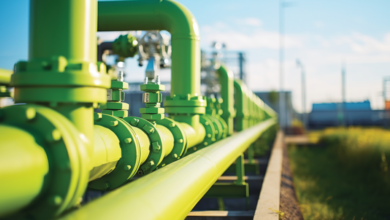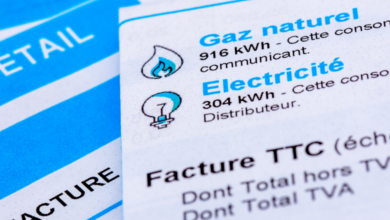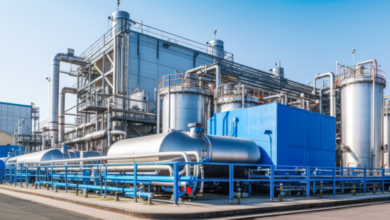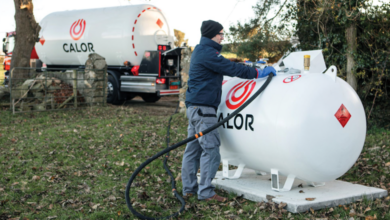Hydrogen in the Programme for Government
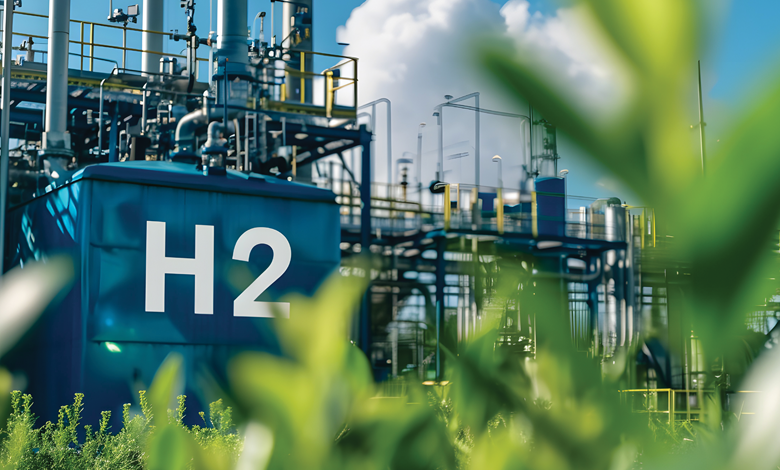
Containing specific aims for hydrogen and evidence of application of the National Hydrogen Strategy published in 2023, the 2025 Programme for Government (PfG) demonstrates a clearer picture of the future for renewable hydrogen than the 2020 PfG.
While hydrogen was mentioned in the 2020 PfG, it lacked reference to specific actions to be taken for its development, arising from the nascence of the technology at the time. It stated that the Government wanted to remain “at the cutting edge” of hydrogen development to meet climate targets by introducing a “transformational programme of research and development”.
Similar to the 2020 PfG, the 2025 PfG asserts that the Government will support “cutting-edge research and development in renewable energy”, including hydrogen. However, in the 2025 document, there is no mention of a “transformational programme of research and development”.
In the 2020 PfG, the Government outlined intentions to invest in the research and development of green hydrogen for use in power generation, manufacturing, energy storage, and transport.
One specific aim included in the 2020 PfG was the development of a long-term plan to capitalise on the “massive potential of offshore energy on the Atlantic Coast”. Amongst many potential benefits of the plan, the 2020 PfG traced how it could be used to develop “innovative transmission and storage technologies” including hydrogen.
National Hydrogen Strategy
Following the 2020 PfG, the National Hydrogen Strategy was published in 2023 to provide a framework for developing the renewable energy with three aims: to decarbonise the economy, enhance energy security, and develop industrial opportunities.
Decarbonisation was a key priority identified in the 2020 PfG in order to reduce reliance on fossil fuel, cut greenhouse gas emissions by 51 per cent by 2030, and achieve net zero emissions by 2050. In the 2025 PfG, the Government reiterated these commitments. The Strategy says “indigenously produced renewable hydrogen can play a significant role” to deliver on these objectives as a zero-carbon substitute for fossil fuels.
Energy security was one of the main drivers of the National Hydrogen Strategy, and it identifies the opportunity to harness Ireland’s sea area for hydrogen production to achieve this. This aligns with the long-term plan of tapping into the potential of the Atlantic outlined in the 2020 PfG. However, this plan is not mentioned in the 2025 PfG.
The opportunity to develop industrial opportunities is identified as the third key priority of the strategy. It states that there is a demand for renewable and low-carbon hydrogen imports in many European countries, adding that “Ireland could be well-placed to supply these markets”. This is pinned as a way to stimulate economic growth and create “highly skilled” jobs.
The 2025 PfG combines the priorities of energy security and the opportunity to develop industrial opportunities. In it, the Government lays out its objective to leverage its position as a “leader in renewable energy” to “secure the advantages of our industrial base”. The document states: “We want to achieve energy independence by harnessing our untapped renewable energy resources.”
Actions
The Strategy set outs 21 actions to be fulfilled by 2030 to develop hydrogen in Ireland, and five of these actions are referenced in the 2025 PfG. It dictates that commercial business models be developed between 2023 and 2030 to support the scale up of renewable hydrogen via 2GW of offshore wind from 2030. Although not specifically mentioned this is referred to in the 2025 PfG as the Government details intentions to unlock “at least 5GW of offshore wind by 2030”.
Another action sets out that hydrogen-powered heavy duty vehicles will be rolled out along with refuelling infrastructure between 2024 and 2030. In the 2025 PfG the Government traces its intention to support the decarbonisation of road freight by replacing fossil fuel with hydrogen, biomethane, and hydrotreated vegetable oil. Although refuelling infrastructure is not mentioned in the PfG, hydrogen refuelling stations are due to be deployed across Dublin, Galway, Limerick, and Cork from 2027.
The Strategy sets out objectives to create strategic hydrogen clusters between 2024 and 2026. While the 2025 PfG does not make specific reference to hydrogen clusters, it does detail plans to establish “renewable energy clusters”.
Planning processes of energy systems are also due for review between 2024 and 2026 in line with the Strategy. It recommends changes that would “support a more integrated long-term approach to planning across the network operators”, including hydrogen amongst other renewable energy sources. In the 2025 PfG, the Government says a plan will be formed “to accelerate energy generation, connectivity, and planning processes”.
The Strategy also stipulates that the future skills needs of the offshore wind and renewable hydrogen sectors be supported through the expert advisory group established under the Offshore Wind Delivery Task Force. This is addressed in the 2025 PfG, with the Government vowing to expand the taskforce to include IDA Ireland. It also details intentions to “focus on attracting and retaining capital investment to drive offshore wind development”.


